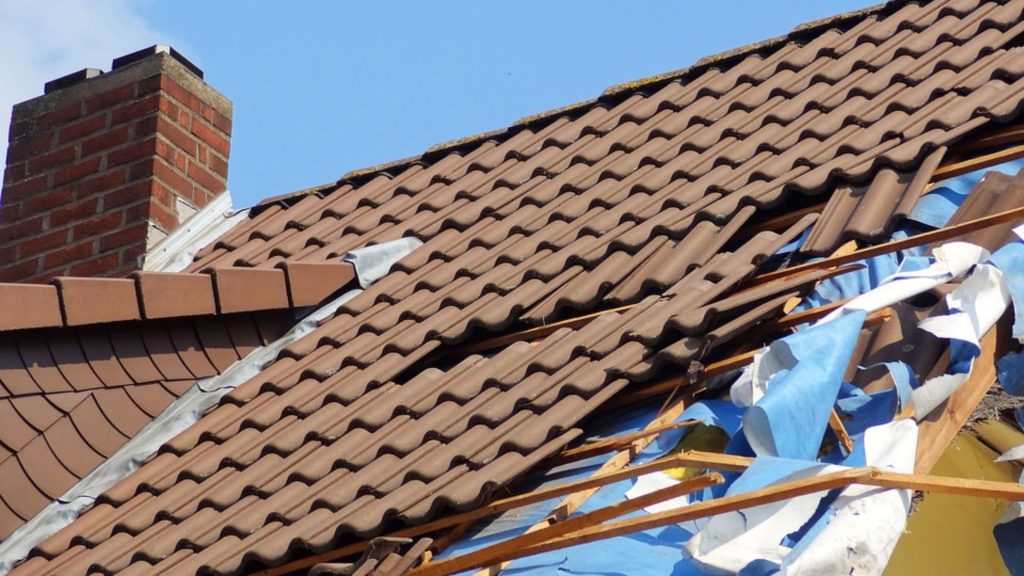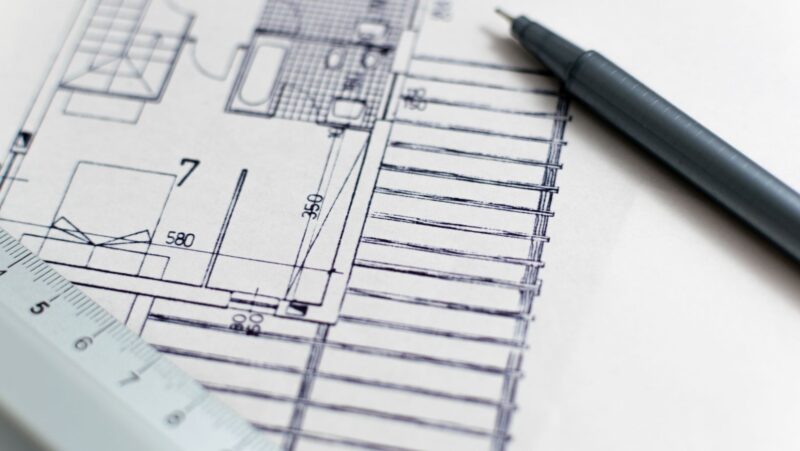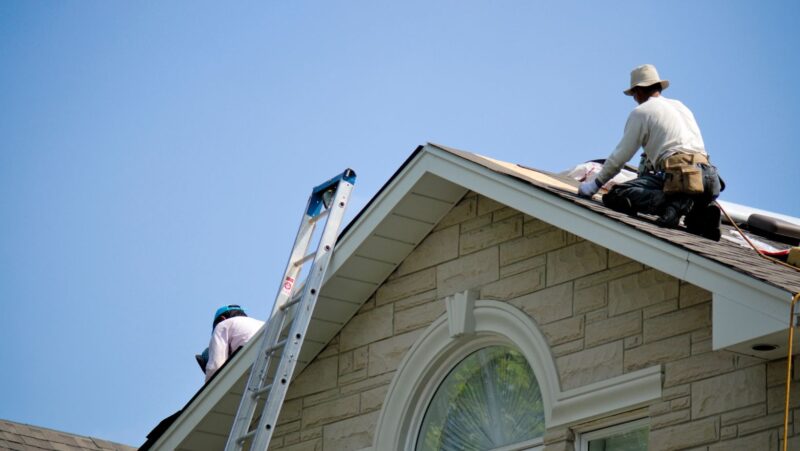
Roof damage due to wind, hail, water, trees, and debris is common, but stressful. There are two ways to deal with roof damage after a storm: financing a roof replacement or claiming your homeowner’s insurance.
The first one is by far the simpler route, but it will put a significant dent in your savings. The latter, however, will not cost you nearly as much, but it is tricky and requires an in-depth understanding of the insurance process.
To make things easy and potentially save you time and money, we have put together this guide discussing the major aspects you must know about roof insurance claims.
Understanding Roof Insurance Coverage
It’s essential to know exactly what your policy includes and what it excludes to set the right expectations and prepare appropriately. Here’s a breakdown to help you understand the coverage you may have:
What Does Your Policy Cover?
Most homeowner’s insurance policies cover roof damage caused by unpreventable reasons like natural disasters. This part of your insurance is crucial as it determines under what circumstances you are eligible to file a claim. Here are some typical causes that are usually covered:
- Wind damage
- Hail damage
- Fallen trees and debris
- Water damage
Make Sure to Document and Maintain All Records
From the moment you notice damage to your roof, your first step should be to document everything meticulously. This means taking clear, detailed photos and videos of all affected areas. These images should capture the extent of the damage and include timestamps, if possible, to avoid any disputes over when the damage occurred.

Alongside visual records, keep detailed notes describing the damage, the possible cause, and any steps you’ve already taken, such as temporary repairs or initial assessments by professionals.
Once you have your documentation, organize it carefully. Store all documents related to your claim in one place. This includes correspondence with the insurance company, receipts for any repairs or assessments, quotes or estimates from roofing companies, and your detailed notes and photos.
Filing Your Claim
Once you’ve assessed the damage and gathered your documentation, the next step is officially filing your claim. Here’s how to do it:
- Contact Your Insurance Company: As soon as possible after the damage occurs, contact your insurance company to report the claim.
- Complete the Claim Form: Fill out the claim form provided by your insurance company. Be thorough and include all necessary details about the damage and any emergency repairs you have undertaken.
- Submit Your Documentation: Attach all relevant documentation you have collected—photos, videos, professional assessments, and any repair quotes.
- Schedule an Adjuster’s Inspection: Your insurance company will send an adjuster to inspect the damage and verify your claim.
- Follow Up Regularly: After filing your claim, keep in touch with your insurance provider to check on the progress of your claim.
Only the Insurance Adjuster Can Approve Your Claim
The roofing adjuster is essentially the insurance company’s representative in the field. Their job is to inspect the damage to your roof, assess the claim’s validity, and decide on the approval based on the policy’s terms. Here’s how it typically unfolds:
- Inspection: The adjuster will visit your home to perform a detailed inspection of the roof. They will take photographs, note any damage, and gather information necessary to evaluate the claim.
- Evaluation: Using their findings, the adjuster will compare the damage against your insurance policy to determine what is covered and what is not.
- Decision: Based on this assessment, the adjuster will either approve or deny your claim, or approve it partially depending on the extent of covered damage and the terms of your policy.
You can also hire a professional roofer for evaluation to back up your claims, potentially helping to ensure that the settlement is fair and covers all necessary repairs.
Roof Insurance 101
Filing your claim with precision and care significantly enhances the likelihood of a favorable outcome. Here are some pointers you must remember to successfully claim your roof insurance:
- Know what your policy covers to prepare effectively for a claim.
- Document all damage and keep all related records organized to support your claim.
- Contact your insurance promptly, complete all necessary forms, and provide comprehensive documentation to avoid delays.
- Only the insurance adjuster has the authority to approve your claim, regardless of other professional advice or assessments.













